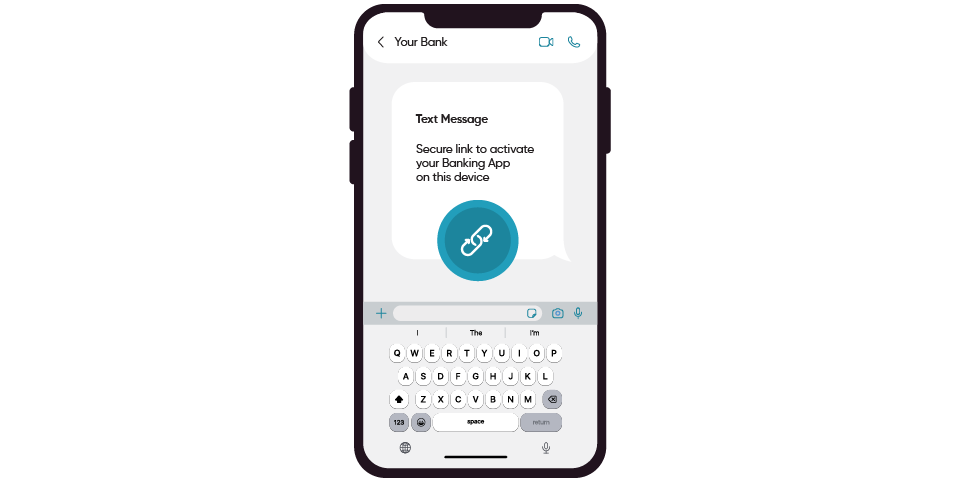In particular, ATO fraud has become a major concern for banks, with recent statistics showing a 73% increase in these attacks. Some banks are facing significant financial losses, from 5-digit figures up to hundreds of thousands of euros per month. And with over 70% of customers saying they’d leave a bank after experiencing a fraud incident, the stakes have never been higher.
Account takeover (ATO) fraud is on the rise in Europe. In 2023, the fraud - which involves online banking apps being compromised by fraudsters - saw the finance and insurance sector account for 18.2% of all incidents. At the same time, incidents of information-stealing malware, targeting personal and financial data rose by 266%.
